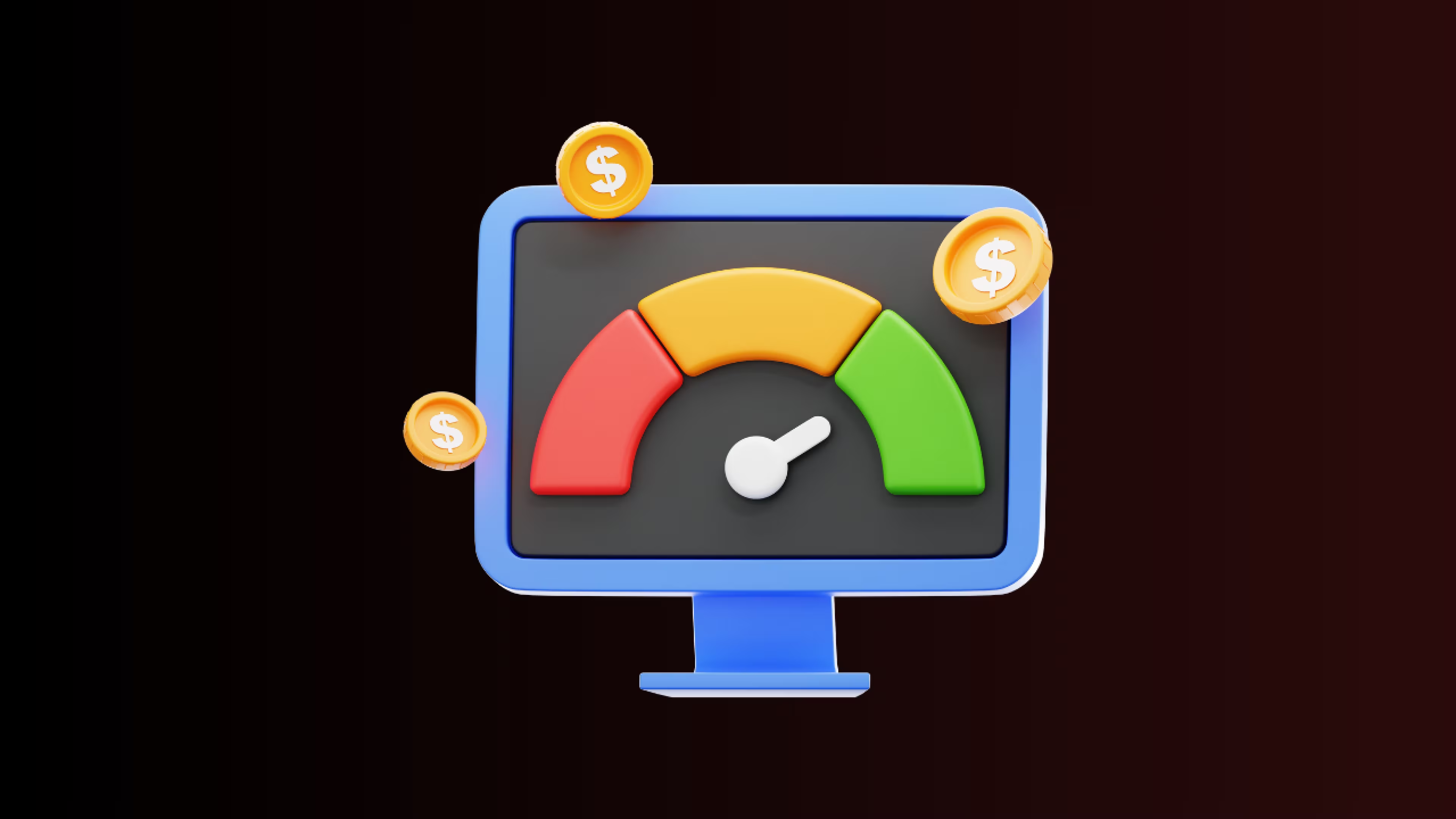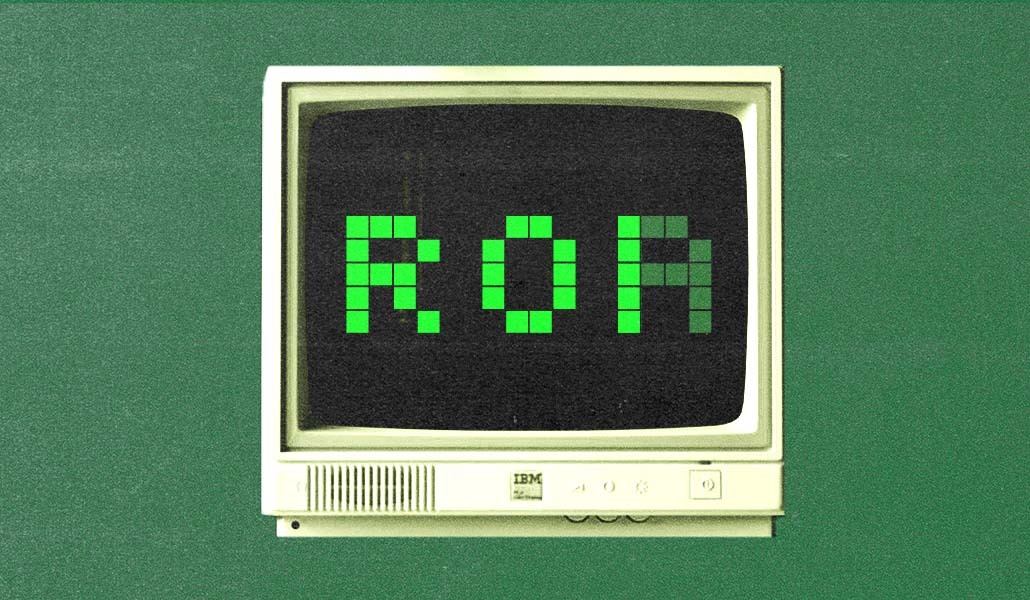Beyond ROAS: A Small-Brand Guide to Ad Incrementality Testing

Navigating the current digital landscape as a Shopify brand founder means ensuring every advertising dollar stretches further than ever. Customer acquisition costs have skyrocketed, climbing approximately 60% since 2020 (Causality Engine). Plus, Apple's privacy updates have obscured up to 75–85% of iOS activity, leaving advertisers grappling with diminished visibility (Causality Engine). As a result, your Facebook or Google dashboard might boast a stellar return on ad spend (ROAS), but the pretty numbers could be misleading.

Let’s get real: many founders are chasing vanity metrics. One DTC marketer confessed,
“We were swimming in positive ROAS reports, but our profit margins weren’t budging. It highlighted a major disconnect between the marketing dashboard and the P&L” (Advids).

The solution? Shift your focus from surface-level ROAS to incrementality—in simple terms: identify which sales wouldn’t exist without the ad. That's why 71% of advertisers now prioritize incrementality as their top KPI (Dataslayer). Let’s explore how lean teams can test incrementality, pinpoint what’s truly driving growth, and optimize for genuine success.

Why ROAS Can Be a Mirage
ROAS looks enticing—everyone loves seeing “4x” on their dashboards. But if those conversions would have occurred regardless, your real return might be substantially less. The issue: ad platforms often inflate ROAS by 40–60% due to double-counting and overlapping attribution (Causality Engine).
Consider a DTC brand that saw Meta report a 4.2× ROAS, but incrementality testing showed the real lift was only 2.1× (Causality Engine). TikTok flaunted a 3.5×, but the incremental ROAS was a mere 1.8×. That’s your ad budget vanishing into thin air.
How does this happen? Platforms often take credit for conversions that would have occurred anyway—think branded searches. If a loyal customer searches your brand and clicks your ad, Google counts it as a win. But you probably would have captured that sale organically. Data indicates 70–90% of branded search ad conversions aren’t truly incremental; retargeting performs slightly better at 40–60%, while prospecting can reach 80–95% (Causality Engine).
Optimizing solely for ROAS results in overfunding strategies that inflate your metrics but don’t attract new customers. Without caution, you end up paying for sales you would’ve secured anyway.
What Incrementality Really Means (and Why Founders Care)
Incrementality examines the real cause-and-effect: Which sales wouldn’t have happened without our marketing efforts? It’s the difference between being busy and being effective.
Incrementality testing isolates your ads’ impact by creating holdout groups—segments that don’t see a specific campaign—and then measures the lift between them and the exposed groups. This is the “gold standard” for assessing ad effectiveness (Causality Engine).
Take Newton Baby, a DTC mattress brand: incrementality tests revealed their branded search ads contributed zero incremental sales. None. All that spend, all those Google-reported conversions—none of it was net new (AdExchanger).

That’s the type of clarity founders seek. It enables budget reallocation with confidence, reduces waste, and amplifies what’s truly effective. It’s also why even retail media networks are pressured to report incremental lift, not just ROAS (Digiday).

Incrementality Testing—Lean, Not Just for Big Brands
You don’t need a statistics degree or a Fortune 500 budget to conduct incrementality tests. Here’s how agile DTC teams can get actionable insights quickly:
Geo Holdout Experiments
Divide your advertising by geography. Run ads in Region A, hold them in Region B, then compare sales. If California outperforms Texas after running TikTok ads there (all else being equal), you’ve identified your incremental lift. Pair similar cities or ZIPs for accuracy, and avoid testing during major promo periods (DTC Fashion Decoded).

PSA or “Placebo” Ads
No clear geo split? Use PSA (Public Service Announcement) ads. Display a neutral, non-sales ad (like a hydration tip or charity message) to a portion of your audience, while the rest view your real campaign. The incremental lift is the difference in purchase rates (Demand Local). Platforms like Meta can automate this via their “Conversion Lift” tools.
On/Off “Pause” Tests
Sometimes, simplicity is key: pause a channel and observe the effect. Halt Google Search for a week—if sales remain steady, those dollars weren’t incremental (Digiday). Use this cautiously, maintaining steady variables during the test.
Built-in Platform Lift Tests
Meta, Google, and now TikTok offer platform-native lift testing tools. These tools randomly split your audience behind the scenes, then report the true incremental lift and ROAS. The challenge often lies in minimum spend, but if you qualify, it’s the quickest way to a definitive answer (Causality Engine).
Turning Insights into Action (and Revenue)
Running tests is just the beginning. The real victory lies in leveraging what you discover. Found a channel with low incremental lift? Slash or reduce spend there—even if the platform ROAS appears “high.” Reallocate those funds to campaigns that genuinely drive new customers.
Consider a mid-sized beauty brand: incrementality testing exposed that 40% of their “conversions” were non-incremental. They cut branded search spend by 60%, reinvested in prospecting and retargeting, and emphasized conversion rate optimization. The result? Blended ROAS surged from 2.1× to 3.8×, and revenue soared 150% in four months (Causality Engine).
This shift—focusing on incremental customer acquisition cost (nCAC) and incremental ROAS (iROAS)—transforms budget allocation, creative planning, and growth scaling.
The Founder’s North Star: Incrementality, Not Illusion
Ultimately, moving beyond ROAS is about intellectual honesty and operational discipline. ROAS isn’t useless; it just doesn’t tell the whole story. By consistently running incrementality tests, even in basic forms, you’ll know precisely where your ad dollars are impactful—and where they merely flatter your ego.
The best operators now ask, “How much new business will this drive?” instead of “How high can I elevate my ROAS?” That’s how you steer clear of overfunding tactics that look impressive on paper but hinder real growth (LinkedIn).

Don’t be disheartened if your initial tests seem chaotic or the insights are imperfect. The true value lies in the habit: regular, rigorous, founder-driven measurement. It’s the maintenance check your growth engine requires.
Next time you review your marketing metrics, don’t ask “What’s my ROAS?” Instead, ask “What’s my incremental ROAS—and how can I boost it?” That’s the founder’s playbook for profitable scaling.
Subscribe for weekly DTC operator insights.











